I know how important it is to get myself and my children up and moving (though I struggle with finding time for myself). My girls have always been quite active. They love to go outside, run around, dig in the dirt, play at the playground in the park next door and take walks around town. Though for some strange reason their legs get tired a lot faster when we take walks. When the opportunity arose for me to review Active Play! Fun Physical Activities for Young Children from Dr. Craft's Active Play Books I thought it would be a great opportunity to find some fun, new ways to get some extra active play in (and to get mommy involved too). Additionally, I am involved in a weekly playgroup and a homeschool co-op where I supervise preschoolers. All great opportunities to utilize this book.
I received Active Play! Fun Physical Activities for Young Children, written by Diane H. Craft, PhD and Craig L. Smith. A DVD showing some of the included activities comes with the book.
Active Play! is definitely targeted to a day care/preschool setting, but there are many things that can be helpful for families. The book addresses the importance of physical activity. The first thing they mention is the problem of childhood obesity, specifically mentioning the increase in overweight preschoolers in recent years. While day care providers can only do so much to help the children in their care, the book is a great reminder for homeschool families to make sure they are raising healthy children.
The book is broken up into the following chapters:
- Importance of Physical Activity
- Learning Through Physical Activity
- Leading Physical Activities
- Physical Activities for Young Children
- Physical Activities for Infants and Toddlers
- Physical Activities for School-Aged Children
- Physical Activities for Families
- 20-Week Physical Activity Curriculum.
The beginning of the book is arranged in a Question and Answer format. Here are some of the Questions asked that could be helpful for families:
- Aren't young children already active enough?
- How can I help the children in my care?
- Why is daily moderate to vigorous physical activity so important for young children?
- How much physical activity do young children need?
- ...and many more
The authors explain what children will learn through physical activity.
- They learn fundamental movement skills. This section is quite informative as the authors discuss the definition, examples, how to teach and the importance of movement skills.
- They learn about their feelings.
- They learn about the world around them.
I loved this section which stated you "don't need to make a choice between physical activity and academic learning. Academic concepts can be taught through physical activity." I've learned that is one of the big benefits of homeschooling. There are so many ways to learn; children do not need to be sitting at a desk all day.
The majority of the book is devoted to the Physical Activities for Young Children in chapter 4. All of these activities are listed alphabetically in the "Game Finder" in the front of the book, with their page number and what goals each activity works on.
The goals are:
- Object, color, shape recognition
- Spatial relationships
- Locomotor skills
- Object control skills
- Stability
- Cardiovascular endurance
- Muscular strength and endurance
The activities in this book are not only great for mixed ages, they are designed for smaller areas and use inexpensive equipment. They also take a short time to set up. Perfect for using in our homeschool day!
One of the first activities I tried was Alligator Pit.
Goals worked on: Practice Stability
The equipment needed for this activity seemed quite simple. You are to use a "balance beam" made from two pieces of flat foam pool noodle sections. You also need a basket, safe objects to carry and duct tape. I have to say, I have no idea what was meant by a "flat foam pool noodle." At first I thought it meant to take a pool noodle and flatten it. I discovered that made no sense. So, when we used this at homeschool co-op, I made a balance beam out of blocks. Then I remembered we had a 2x4 board that we have used for balancing (though quite a while ago). We used that when we played at playgroup. Having worked at the Montessori, I knew this age group was quite capable of using a balance beam successfully though for younger children I can understand the need for tape lines or the foam noodle which are right on the ground.
The idea of this activity is to have the children cross the "alligator pit" on the balance beam, taking toys to the other side and placing them in the basket. If the child steps off the beam or drops something the alligator (the adult or another child) chases them with extended arms chomping up and down.
Amelia enjoyed walking backwards across the balance beam.
The other children enjoyed taking their turn carrying things across the pit.
We used actual play food for the children to carry. Gotta make sure the hungry alligator doesn't get the food.
Another activity I thought the children would enjoy (especially because it had just snowed again) was Sock Plows.
Goals worked on: Practice stability, Develop upper body strength and endurance
The equipment needed for this activity was again simple and inexpensive. Each girl needed a pair of socks. Then we needed balled up pieces of paper (at least 10 for each girl). A suggestion given for variety was to use foam popsicle sticks. I have to say, I have never heard of or seen foam popsicle sticks, at least in our area. I'm sure wooden popsicle sticks could be used. But, because of the snowy weather I decided we would use the paper suggestion. We used toilet paper which the girls had a blast balling up.
The girls and I took turns making it snow, then we used our socked hands as plows to push the "snow" into the corner.
One of the children's favorite activities was Land/Lake.
Goals worked on: Practice jumping, Develop listening skills.
All the equipment needed to play Land/Lake is green and blue floor spots. We did not have floor spots, or the suggested substitution of colored tape, so we used pipe cleaners the first time we played. The girls were to stand on the land and jump to the lake when I said, "lake." The book suggests teasing the children a bit by dragging out the "llllll" before saying the word. I have to say, I have caught them jumping when they shouldn't.
Harold wanted to get into the action.
When we played again I used blue and green felt pieces on the carpet. We also added some different things. The girls liked to jump up and down on the land, then we said they got muddy so they had to jump into the water to rinse off. The bending down to scoop up the water and standing up to splash it on their bodies gave them some added exercise. They also liked to "swim" around in the lake.
We also played it outdoors.
As you can see, we were able to involve baby Harold in the Land/Lake activity. There are so many suggestions on how to involve younger and older children in these activities. Some are designed for younger children being involved, while others give "easier" and "harder" suggestions at the bottom of the page. Here is another fun activity we were able to involve Harold in.
Push & Pull Baskets
Goals worked on: Develop muscular strength, Practice working together
Once again, this was an activity that used very little equipment. We used a large laundry basket (just had to empty the clean, folded clothes) and dolls in addition to the children. We were also supposed to use line markers spaced at least 10 feet apart. Seeing as our living room measures 10 feet from the couch to the doorway, the children just pushed and pulled the basket back and forth across the living room.
The girls took turns pushing and pulling the empty laundry basket. Then we stuffed it full of baby dolls (yes, we have way too many) to show how it got a little harder to push. Then the girls each took a turn sitting in the basket with Harold's steering wheel toy. They definitely struggled trying to push and pull each other. Then the girls took turns pushing Harold, which they found to be much easier. Harold even took a turn pushing. I have to say, they had a blast with this activity.
We also played a few more activities outside. We started with Hoop Scotch, a simplified version of Hopscotch.
Goals worked on: Practice jumping or hopping, Practice throwing, Practice Stability.
All we needed were hula hoops and bean bags. It is suggested to make beanbags from children's old socks filled with rice or small beans. This is what I did, though I didn't sew them up, I just tied them closed. We arranged the hula hoops in a line and the girls took turns throwing their bean bag in the hoop, jumping in to pick it up, and jumping through the rest of the hoops.
While we had the hula hoops out, we also played a game of catch. The girls stood in the hoops facing me. I threw a bean bag to each of them in turn and then I said, "Throw them to me!" and they all threw me their bean bags at the same time. They thought it was hilarious that mommy was struggling to catch them all. Then they took turns being the one throwing to everyone.
Finally, we gathered some items to make a small Obstacle Course.
I haven't discussed the DVD that came with the book. That is because I have been unable to view it. We can not find the remote for the one DVD player and for some reason, the remote for the upstairs DVD player isn't working. Usually I can still play a DVD, so I didn't think anything of it. However, when I press play for this DVD it only advances to the next menu choices. Fortunately, these activities have been pretty easy to figure out without the DVD's.
If you are looking for some different ways to get your children up and moving, I truly recommend this book. There are 52 different activities, all of which have ideas for variation (to make them harder, easier or just to change them up). Additionally, they are very flexible. You can follow the 20-week curriculum provided in the back or pick and choose your own combinations. The book can be used with multiple ages of children, though the primary activities are designed for preschoolers and toddlers to play together, the authors include ways to include younger children, older children and children with special needs.
The book and included DVD can be purchased for $39.00 plus shipping and handling.


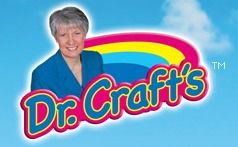
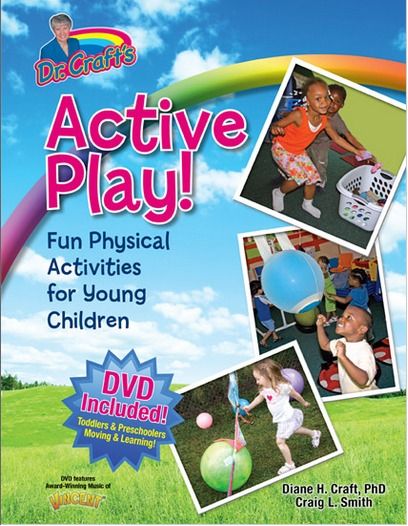
























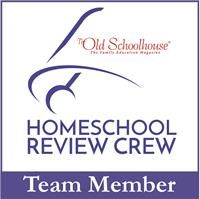















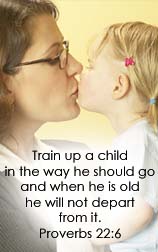



![[PREMIO2009.png]](https://blogger.googleusercontent.com/img/b/R29vZ2xl/AVvXsEjXD_Gx-wZ9EM5hXKrEYLksEBkYfRQtmb8VDVTDG_yyLggQoFIstZsh4zszdG20KqErZicRzEhiNYLty7j3IMXJYsABqkXjr8pp-ncj71xCbpxlXGbGpZq2fTuDQqq1RMKV4DPcDBnBViA/s1600/PREMIO2009.png)
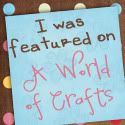
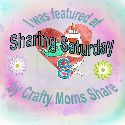


This looks like a wonderful book!
ReplyDeletethis book sounds amazing and you guys look like you had a blast with the activities! I would love to get one for my daughter.
ReplyDeleteMy kids do the laundry basket pushing thing already! LOL The Alligator game looks fun. We live in an apartment but it looks like some of these you can do indoors.
ReplyDelete